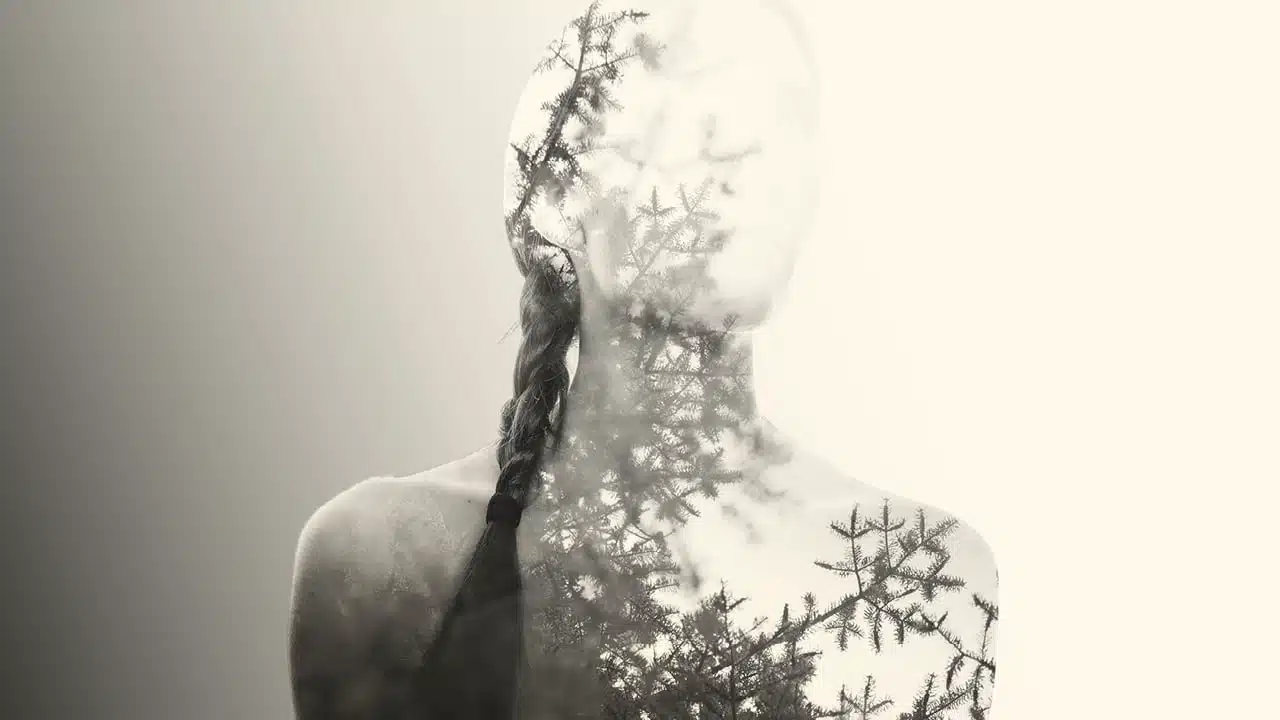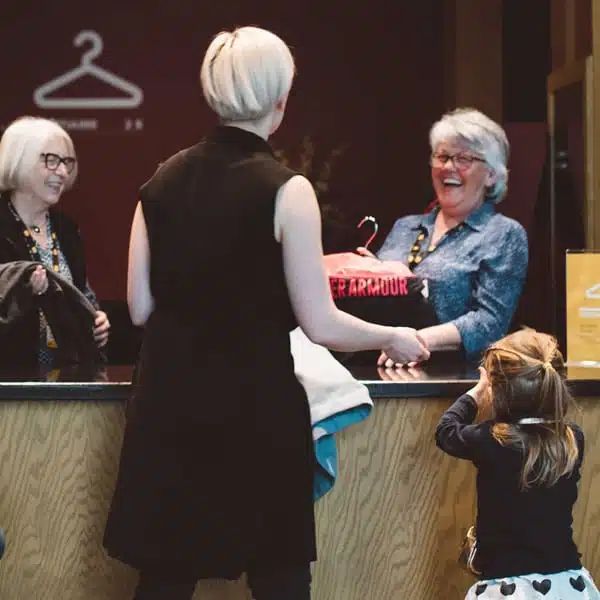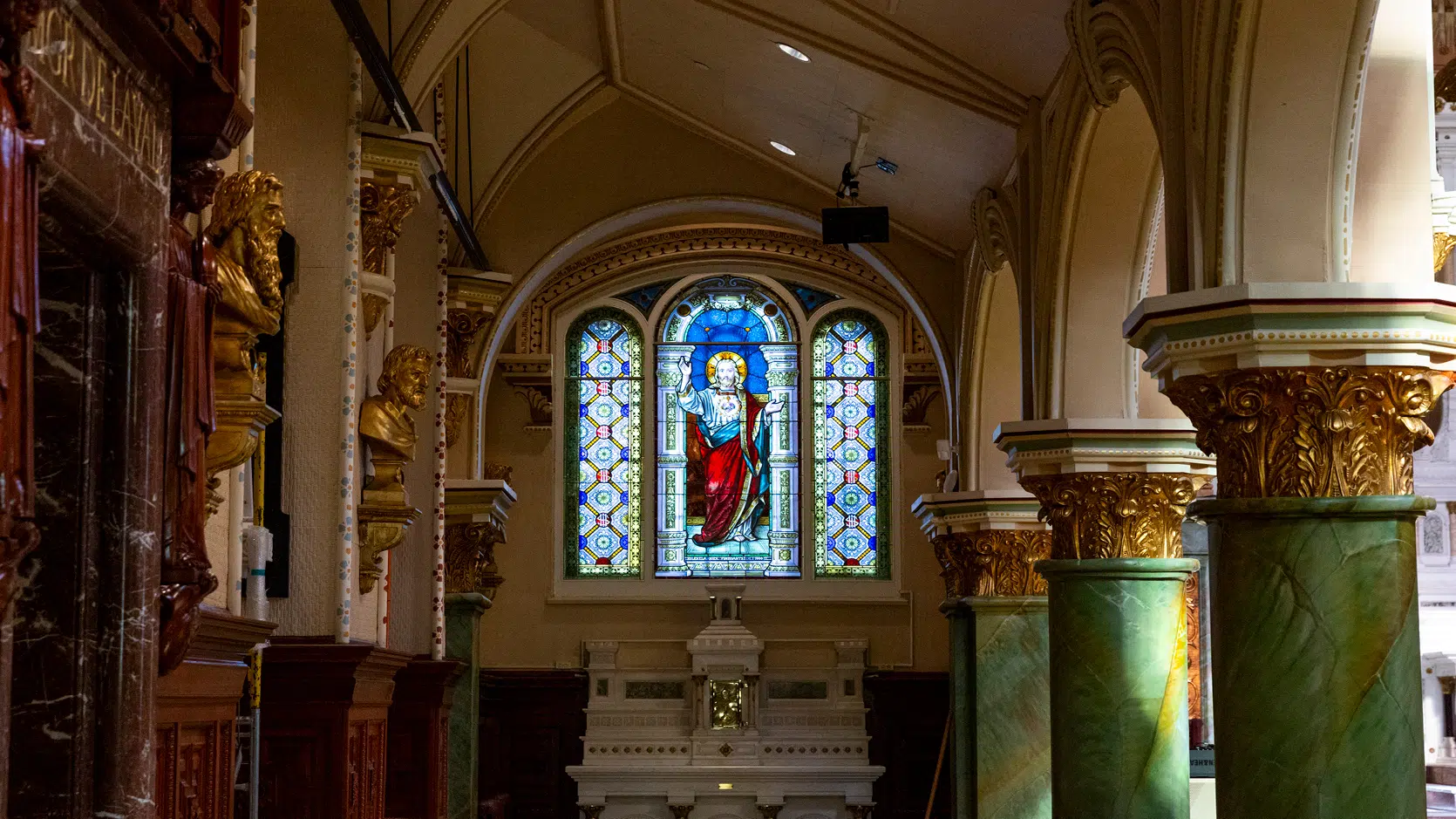Chapelle du Séminaire
The Chapelle du Séminaire: magnificent, full of history and always full of life!
Blessed in 1900, the Chapelle du Séminaire is now deconsecrated, meaning that it is no longer used to practise religious worship. Nowadays, the Musée de la civilisation uses it to organize cultural activities, mainly because of its phenomenal acoustics!
Its fantastic decor makes for many wonderful private functions. Its cozy, yet elegant ambiance and its magnificent decor are perfect for a one-of-a-kind wedding reception or a memorable corporate cocktail party.
Come bask in its fantastic architecture, it truly is an amazing place to visit!
History of the Chapelle du Séminaire de Québec
The current Chapelle du Séminaire of Québec was blessed in 1900. The old building was consumed by a fire in early 1888.
Its reconstruction was overseen by Joseph-Ferdinand Peachy (1830-1903), a widely renowned architect in Québec during the 19th century. He has worked on many buildings throughout the Old Québec. The Chapelle du Séminaire reconstruction is one of its most important works.
The plans for the Chapelle du Séminaire were inspired by the Second Empire style of the Holy Trinity Church in Paris.
The Chapelle du Séminaire’s decor is magnificent and unique. The walls, ceilings and columns are painted over metallic sheets using a trompe l’oeil technique, imitating natural materials such as wood or marble for an astounding finish. Not only did it match the style of that time, but it also protects the Chapelle against fires.
However, not everything in the Chapelle is fake. White marble is used for the high and side altars, red cherry wood for the panelling, and ceramic tiles from England are used for the flooring.
The Séminaire de Québec owns one of the biggest relic collections in Canada, and some items are displayed at the Chapelle du Séminaire. Ashes, bone fragments or locks of hair, the relics are testimonies of Saints who have passed.
Around 600 of them were brought from Europe by Mgr Joseph-Calixte Marquis (1821-1904), who had studied at the Séminaire and was a great collector. These items were added to those that came from Rome under the episcopate of Québec’s first bishop, Mgr François de Laval.
Many works of art adorn the Chapelle du Séminaire. Here are some of these treasures:
- Stained glass crafted by Wallace J. Fischer, an English master stained glass artist, from the Bernard Leonard workshop. He created many elements of this painted decoration.
- A Casavant organ from 1930.
- An identical replica of the “orgue Richard” (Richard organ), made in Paris in 1753 for the Notre-Dame-de-Québec Cathedral-Basilica. The original was destroyed in 1759 during the Conquest.
- The harpsichord HL Opus 7, identical replica to the clavecin François Blanchet (harpsichord), 1733, from the Château de Thoiry, France.
- Large marouflaged canvas, including one from Vincenzo Pasqualoni (1820-1880)
- Twelve reliquary busts of apostles made by Louis Jobin, sacred art sculptor.
Dedicated to Mgr de Laval, founder of the Séminaire de Québec and Québec’s first bishop, a funeral chapel was attached to the exterior of the Chapelle in 1950.
This roundhouse, topped with a cupola entirely covered in gold leaves, houses a majestic recumbent effigy that used to serve as the great man’s tomb. Pope John Paul II paid his respects here when he came to Québec in 1984. Today, the Blessed François de Laval rests at the Notre-Dame de Québec Cathedral-Basilica close to the Chapelle du Séminaire.
After a generous donation to the Musée de la civilisation’s Foundation, Roland Lepage, a great patron and a man of theatre, wished to reinstate the chapel’s original name: Chapelle du Séminaire.
Closed in the fall of 2021 for important restoration work, the Chapelle du Séminaire has been brought back to its former splendour and beauty of 120 years ago, thanks to the meticulous care of the restoration specialists at the Centre de conservation du Québec and the Musée de la civilisation’s team.
Restored elements:
- ceramic floors of the choir, the nave and the aisles
- painted decoration
- high altar of the choir, lateral and collateral altars
- balustrade
- the choir and the nave’s marble edges
- marble sculptures and reliquaries
- stained glass
- marouflage paintings.
The Chapelle du Séminaire is only accessible to the people who participate to the cultural activities or to those who participate to private events that are held there. No guided tours are currently offered.



















